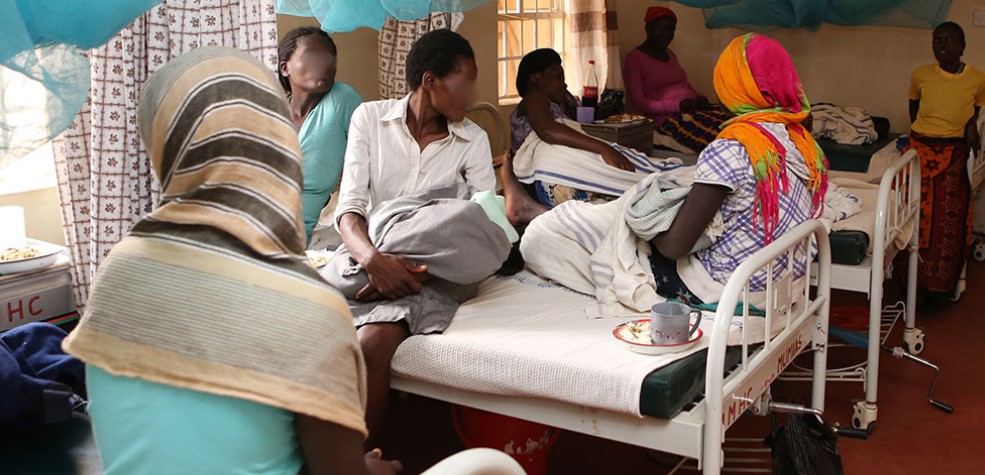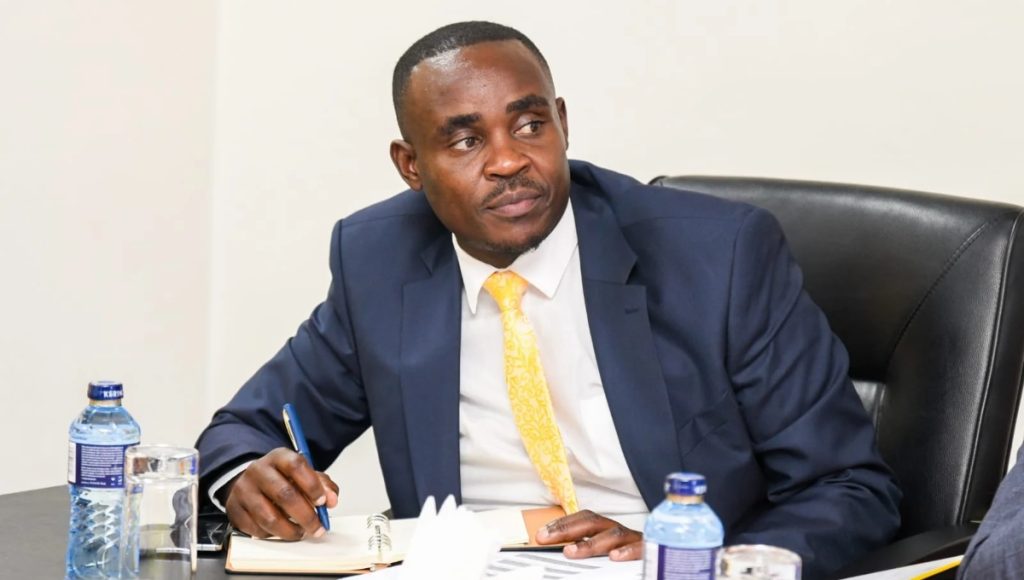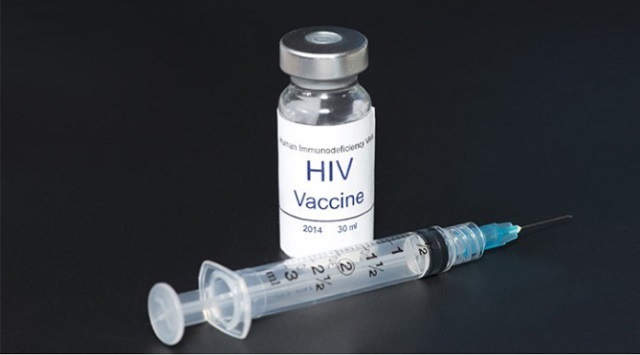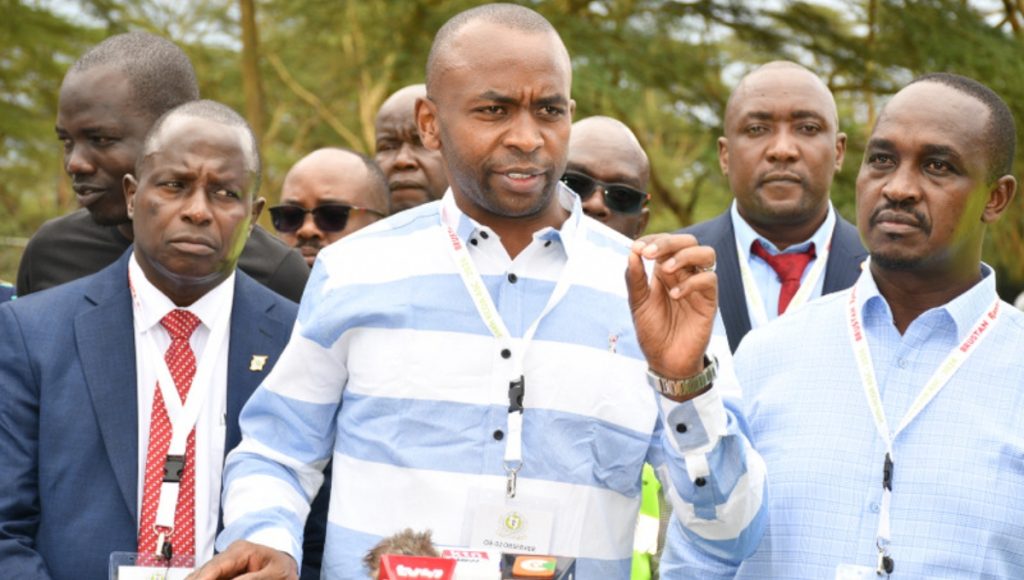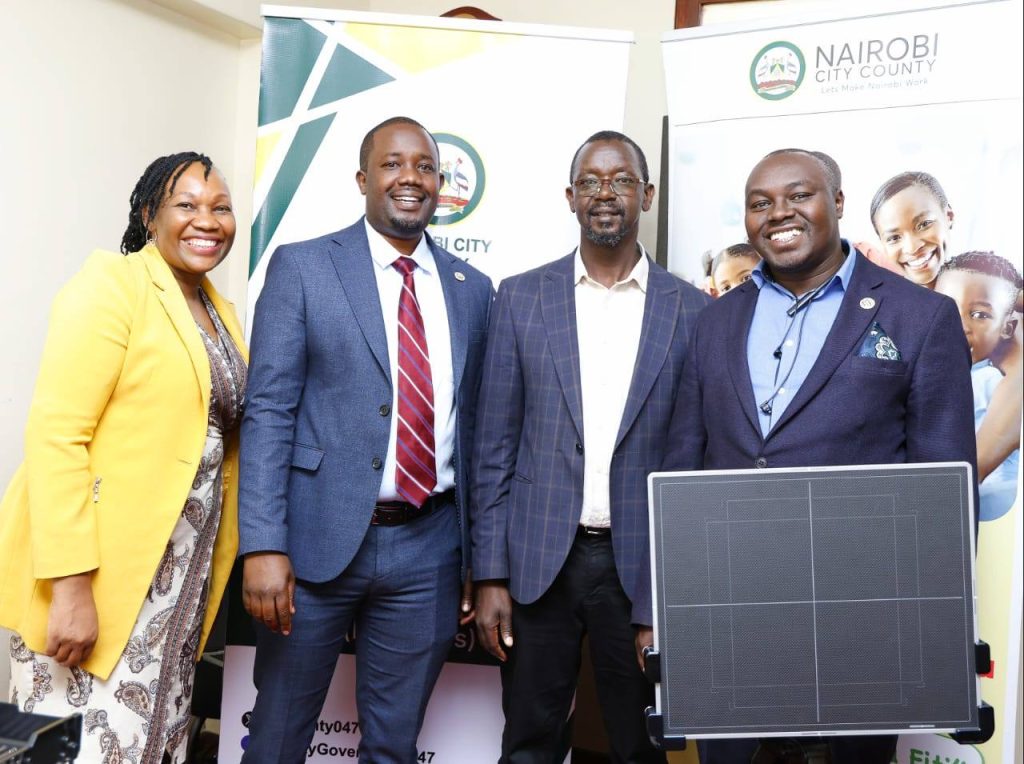In Kenya, the journey to motherhood has often been fraught with financial hurdles, especially for women from low-income backgrounds. However, the introduction of the Linda Mama programme in 2013 marked a significant turning point, offering free maternity services to expectant mothers across the country.
Elizabeth Maina, a 35-year-old mother of two, recalls her apprehension during her second pregnancy in 2021. Facing the prospect of costly hospital bills, she was relieved to learn about Linda Mama. “I am very happy because Linda Mama paid for Sh16,000, which I incurred after a caesarean section. After delivery, I developed complications and had to undergo two surgeries. All of these were paid in full by NHIF through my Linda mama membership,” she shared.
Similarly, Anita Achieng’, a 26-year-old engineering student, benefited from the programme. After delivering her baby via caesarean section, her newborn fell ill two months later. “I did not pay a single cent because the Linda Mama programme covers mothers and newborns up to three months after delivery,” she noted.
The impact of Linda Mama has been substantial. According to the National Health Insurance Fund (NHIF), 65-70% of deliveries in Kenya now take place through the programme, with over 1.1 million mothers registering annually. This initiative has been instrumental in increasing access to skilled delivery services, thereby reducing maternal and infant mortality rates.
However, Kenya’s healthcare landscape is shifting. With the launch of the Social Health Insurance Fund (SHIF) overseen by the Social Health Authority (SHA), questions have emerged about the future of maternal care services previously covered under Linda Mama.
So far, SHA has struggled to replicate the seamless maternal care support that Linda Mama provided. Reports from mothers and healthcare providers indicate delayed reimbursements under SHA, leading some hospitals to refuse SHA coverage for maternal services. In one instance shared online, a mother with an active SHA account was turned away at the hospital for a cesarean section because the facility claimed SHA was experiencing issues—potentially leaving her with a KSh30,000 bill to cover on her own.
This contrasts starkly with the experience under Linda Mama, where expectant mothers received comprehensive, fully funded care from pregnancy through the postnatal period. Linda Mama also covered mothers and newborns up to three months after delivery a critical period for maternal and child health. The programme’s proven track record of reducing maternal mortality in areas like Nandi County underscores its importance.
As Kenya transitions to the SHIF, many fear these essential maternal services could be eroded. Health experts argue that lessons from Linda Mama particularly its streamlined payments and mother-focused coverage should guide SHA’s efforts to build trust and reliability in maternal care.
The stories of Elizabeth and Anita highlight just how vital Linda Mama has been for mothers across Kenya. Safeguarding these gains and addressing SHA’s challenges are crucial to ensuring that every Kenyan woman can access safe, affordable maternal care.



